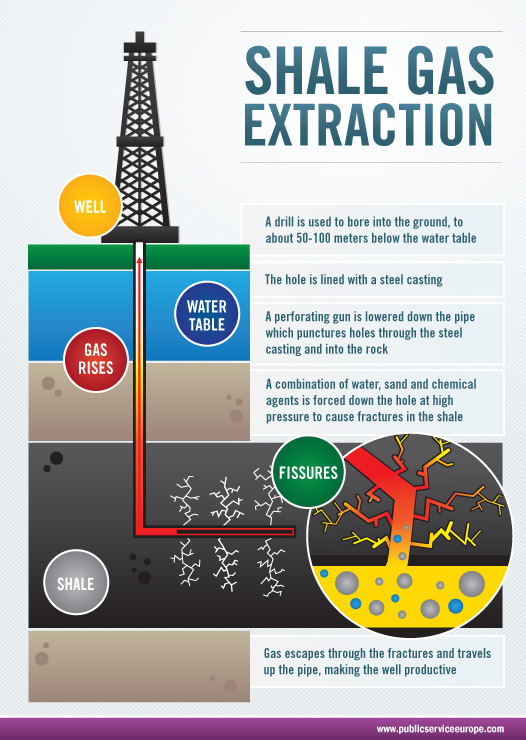SYED MUHAMMAD ABBAS
SE TELECOMMUNICATIONS
A New Hope For The Revival Of Energy Sector In Pakistan?
In this modern era, when technology is on its boom, we witness astonishing new discoveries that are often technology-oriented. One of such discoveries is of “Shale gas”. Just like bio gas, shale gas is also a form of natural gas. You might be thinking that why this gas is named as Shale gas?
The answer is that shale gas is extracted from fine-grained sedimentary rocks known as shales that can be rich sources of petroleum and natural gas. This gas is trapped within shale formations which is extracted by technology-oriented processes. Shales are found inside gas wells and the process of shale gas extraction is carried out on those gas wells which were abandoned as they were considered to be of no use after the natural gas inside them was fully consumed. Shale gas well can be termed as a worthless penny that turned out to be a valuable one. And the credit for this goes to the incredible discovery of shale gas and the research of its technology based extraction methods.
Shale gas extraction:
Hydraulic fracturing and horizontal drilling are the technologies that play a key role in the extraction of shale gas. First the process of horizontal drilling takes place:
Horizontal Drilling: This process is employed for identifying whether a well will be productive to the fracking that releases the gas and brings it up to the surface. The process of fracturing or breaking up shale rock to release natural gas is known as fracking. Vertical drilling would tend to pass straight through the shales and access only small volume of them. While horizontal drilling has allowed access to large volumes of shale gas which is more economically feasible than vertical drilling. . Once a shale formation is reached by vertical drilling, the drill bit can be deviated to run horizontally or at any angle.
Hydraulic fracturing: Once a well has been drilled, explosive charges fired by electric current perforate holes along selected intervals of the well within the shale formation from which shale gas is produced. Pumps are used to inject fracturing fluids, consisting of water, sand and chemicals, under high pressure into the well. The injection pressure generates stresses in the shale that exceed its strength, opening up existing fractures or creating new ones. The fractures extend a few hundred meters into the rock and the newly created fractures are propped open by the sand. Plugs may be inserted to divide the well into smaller sections. Stages are fractured sequentially. After fracturing, the plugs are drilled through and the well is depressurized. This creates a pressure gradient so that gas flows out of the shale into the well. Fracturing fluid flows back to the surface.
Shale gas reserves in Pakistan and its importance:
In last few years, when some international oil and gas producing companies showed their interest in purchasing abandoned gas wells in Pakistan, then this fact came to light that there might be large reserves of shale gas in Pakistan, since there are already large reserves of natural gas found in Pakistan. Consequently, large shale gas reserves were discovered mainly in Sindh and Khyber Pakhtunkhwa. The US Energy Information Administration (EIA) puts the estimates even higher than 51 trillion cubic feet of shale gas reserves in Pakistan which has ranked Pakistan 17th in the world in terms of shale gas reserves.
The discovery of shale gas in Pakistan has provided a platform for shale gas revolution in the senergy sector of Pakistan as in other developed countries of the world such as in U.S.A, Germany, China, Poland etc. Development of new sources of shale gas will offset decline in production from conventional gas wells, and will lead to major increase in natural gas reserves of Pakistan. According to Pakistan’s point of view, shale gas can serve as an alternative source for energy starved Pakistan.
The government of Pakistan has applied some measures for shale gas extraction in Pakistan. In February 2013, the Federal Cabinet approved a policy framework for exploitation of shale gas deposits in Pakistan. Moreover, the Pakistan Petroleum Limited (PPL) in collaboration with foreign exploration company ENI is set to start for the first time drilling of exploratory well in Sindh’s deep sea, 200 nautical miles from Arabian Sea, in 2014.



